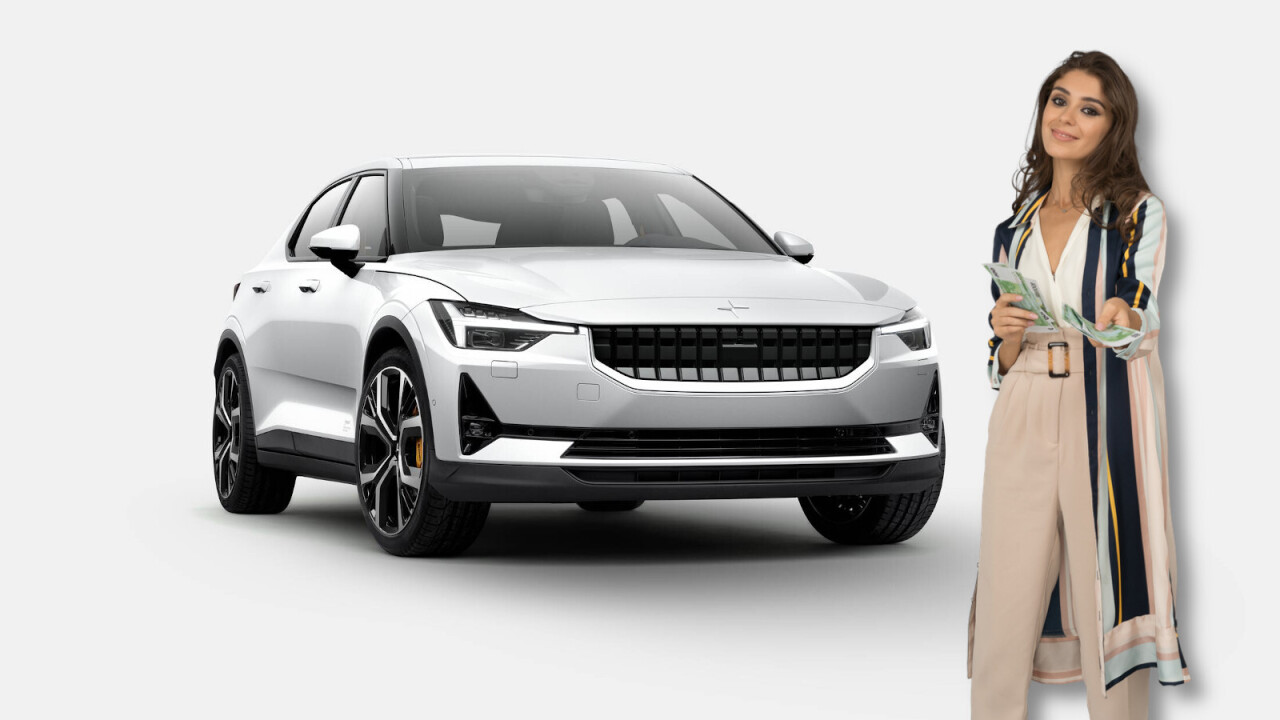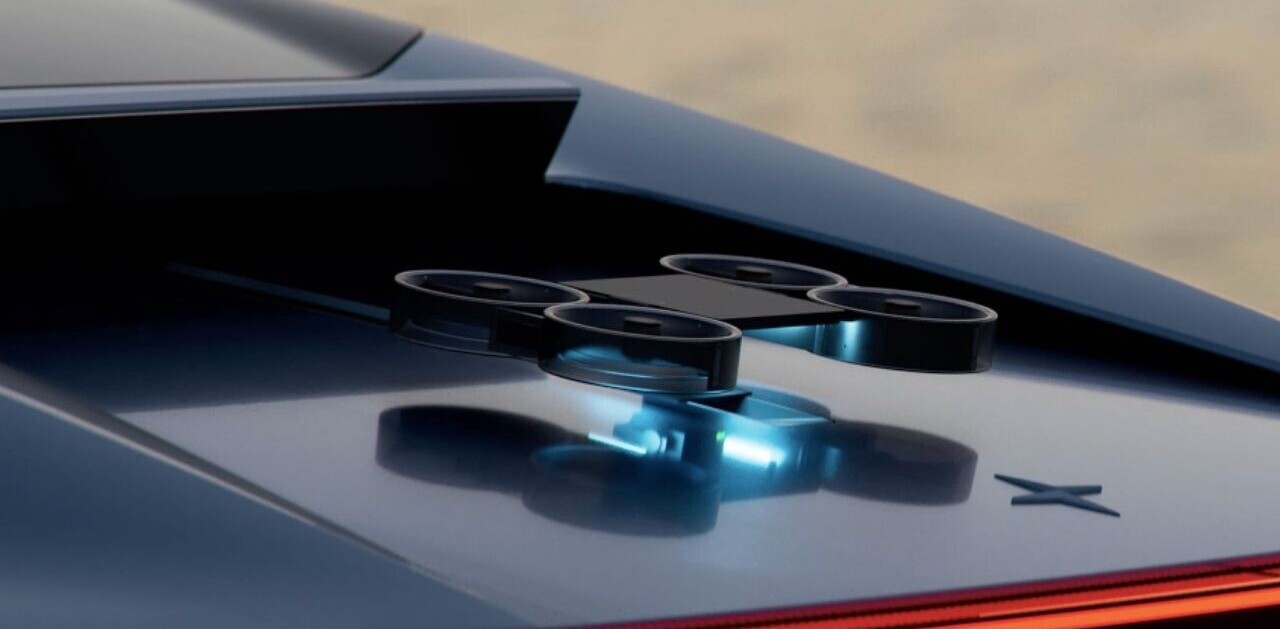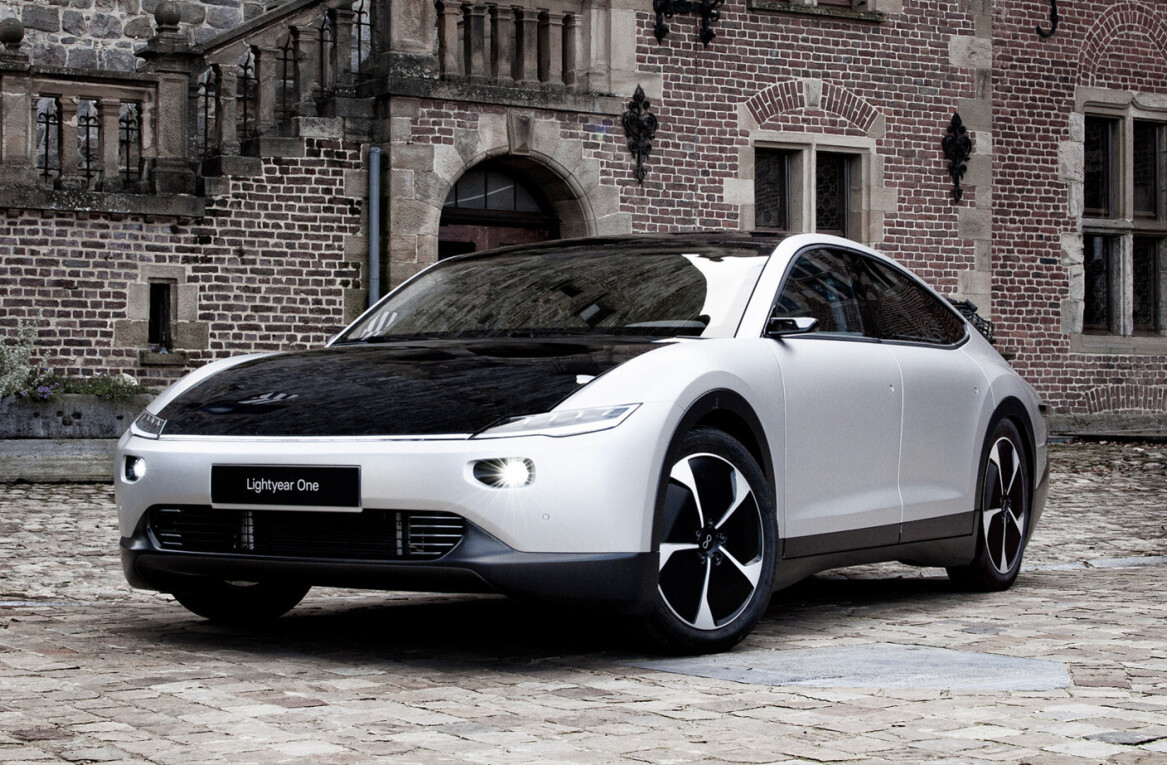Innovations in electric vehicles (EV) are making leaps and bounds, making the cars of the future a reality, today. More and more drivers are making the switch from combustion-engined vehicles to more sustainable transport as an investment into the planet’s, and their own, future.
If you’re a first-time EV buyer, there’s a lot of information to take in, and even more opinions on which is the best vehicle to choose. We’ve narrowed down the five most important things to consider when you’re buying your first EV.
1. You could get thousands of $ in government subsidies
Let’s start with one of the biggest reasons to buy an EV: governments around the world have made them more affordable than ever.
While some individual EV manufacturers offer financing incentives, the US government also gives new buyers a one-time tax credit of up to $7,500. A number of American states also individually offer their own incentives, taking the form of either a tax credit or a cash rebate, with some cities even offering financial assistance to install a home charging device.
You can check out the benefits your state has to offer at the US Department of Energy, Energy Renewable here.
There are plenty of incentives across Europe, too. France, for example, offers up to €12,000 to new EV buyers, which is one of the continent’s most generous incentives.
Other countries, like the Netherlands, which has some of the most progressive government incentive programs in the world, offers subsidies that make electric car ownership cost the same as a traditional vehicle. When you consider that charging and running an EV is far cheaper than a combustion engine vehicle, it makes them an undeniably better financial option.
Subsidies from the German government have been so generous recently that they entirely covered the costs of a new Renault Zoe EV lease deal, meaning that buyers didn’t have to pay a thing, and they got a brand-new car for free!
You can check out what incentives are available in your European country here.
If you have been led to believe that EVs are more expensive than comparable combustion engine cars, when you take government subsidies and running costs into account, they’re the better financial choice.
2. You’ll never have to spend time filling up again
One of the main concerns for first-time EV buyers is switching from gas stations to charging stations. Most electric car brands provide their own list of local charging stations, but researching the charging stations nearest you is also important.
Finding EV charging stations couldn’t be simpler. New EV charging stations are being built with every passing month, so it’s only getting easier to charge your electric vehicle on the go.
Last year, a U.S. gas station converted to an EV charging station for the first time. In Europe, the EV-charging infrastructure market is undergoing unprecedented growth, and the Netherlands now has the fastest-growing electric vehicle charging network in the world. An array of free apps — Plugshare, Zap-Map, ChargePoint, and ChargeHub — make it easier than ever to find nearby charging stations. Google Maps also lists charging stations, so you’ll never need to worry about finding a charge again.
But how often will you need to charge your vehicle? This largely depends on how and where you drive.
“It’s probably not nearly as often as people think, and then you realize that once a week… could be really practical and actually very easy,” says Brent Ellis, Public Relations and Communications associate at Polestar. “People have this thing about going electric that they need to charge every day, and that’s just not necessarily true.”
For someone who drives an average 33 km (or about 21 miles) per day, EVs like the Polestar 2 would only need to be charged twice a week at most. Considering that you can charge at home, there’s no reason not to plug in as your car sits outside your home overnight — and imagine never having to go to a filling-station and get gasoline on your hands again. In reality, charging an EV is far more convenient than visiting a gas-station.
Indeed, it’s important to remember that most of your charging will actually be done at home making owning an EV more convenient than owning a gasoline car.
For most journeys, charging your EV is a simple case of parking in your driveway and plugging it in to your wall-charger to top-up your battery as you sleep. As you arrive at your vehicle in the morning, you’ll have a full battery again — and all it took was 30 seconds to plug-in after you arrived home.
You’ll find that you have a bit more time on your hands and you’ll never have to visit a gas station again.
3. Don’t worry about long distance EV driving
As mentioned, you won’t need to worry about mid-journey driving. But for the few long distance drives you might take each year, it pays to get your head around charging on the go, fast-charging, and planning routes.
When it comes to range, most modern EVs are capable of driving as far as we really need on a single charge, the Polestar 2’s range is around 300 miles on one full charge. With that in mind, it’s almost a guarantee that, as the driver, you’ll need to stop for a break before your car does.
If you’re on a road trip that’s longer than 300 miles, you’ll probably have to stop once to charge your car’s batteries — not to mention your own. In these situations it’s good to seek out fast chargers.
Many modern EVs, including the Polestar 2, are capable of fast-charging, which means plugging them into a high-powered charge point for just 30 minutes will get you from 10% to 80% of battery capacity.
Fast-chargers are typically anything rated over 50 kw — use these on your long journeys when you’re in a hurry, and you’ll add the most range in the shortest amount of time. In reality, it doesn’t take any longer than the old-fashioned way.
EV in-car infotainment and navigation systems also keep you up to date with your range, and can be used to navigate to the closest charger when it’s time to recharge your car’s batteries. There’s no reason to ever run out of juice.
Think of it like this: on most European and US roads, a 250-mile journey will take around four to five hours, in light traffic. No one should be driving for that long without a decent break. Pull over, plug-in, take a comfort break, and have a coffee. By the time you’re done, your car will be good for another few hundred miles and you’ll be far fresher and alert.
4. Take time to adjust to a new style of driving
With many EV makers pushing the envelope of vehicle tech, they’re also pushing the boundaries of how cars are sold, too. Rather than going to a traditional dealership or showroom, many electric vehicles can be ordered online. This makes buying a car far more convenient, but it does mean you might not test-drive it first.
If you do decide to buy online, it’s good to know that electric cars have a few unique features that aren’t found in conventional combustion engine cars. And once you adjust, they make driving easier and less stressful.
For a start, EVs are whisper quiet. Electric motors don’t make any noise at all. That gentle hum of a combustion engine is a thing of the past — and you’ll notice it. Pulling away and making no noise might be eerie at first, but soon it’ll become a joy to drive in peace and quiet.
Also, there are no gears. All EVs drive like an automatic in the sense that they have just an accelerator pedal and a brake pedal.
You probably won’t have to use that brake pedal much either. EVs have a feature called “regenerative braking,” which uses the natural magnetic resistance of the electric motors to create a braking force that both slows down the car and recharges the batteries. It’s a win-win.
EV drivers refer to this as one-pedal driving. With regenerative braking you can pull up to a complete stop without ever touching the brakes. It can be a bit unusual getting used to it at first, but as you learn to use the accelerator pedal progressively and smoothly, you’ll find driving becomes less effort as you’ll never have to move your foot to and from the brake pedal.
The important thing to remember here, regenerative braking isn’t just acting like an automatic brake, it’s also recharging the batteries. Every time you use the feature, you’re reclaiming the kinetic energy of the car’s movement and converting it back into electrical energy, which actually adds range back by charging the batteries!
5. Style still matters
Driving an EV is good for the planet — but that doesn’t mean you have to sacrifice style. In fact, when it comes to converting longtime customers of gas-fueled vehicles to new electric models, style is a key factor.
EVs of old, like the REVAi G-Wizz, used to be awkward looking vehicles, but now things are very different. With fewer mechanical parts, electric vehicle makers also have far more opportunity to design cars unencumbered by the need for things like a big engine, gearbox, and driveshaft.
New EV models are breaking the design constraints that restrict traditional gas-fueled vehicles. “We can design whatever kind of cars we want and they don’t have to fit into a defined mold,” Brent Ellis, PR and Communications Associate at Polestar told TNW.
“If you look at a few of the latest EVs in the Volkswagen family, like the VW ID.3 — or even the Polestar 2 or Porsche Taycan — you can see they each have distinct style,” Ellis told TNW.
“Polestar 2 has a unique body style and product template compared to other cars in its segment, whether they are electric or not. If we had to look at a trend through these three examples, the packages may be very different but the core is the same — and they are all successfully converting people from traditional cars to EVs.”
With all the new technology that comes with EVs, it’s easy to think they’re going to be complicated and more hassle to live with than what you’re used to. With just a few small tweaks to how you approach driving, the reality will be quite the opposite.
Update, September 17, 1025UTCl: Fixed error on metric to imperial conversion
Get the TNW newsletter
Get the most important tech news in your inbox each week.
This article is brought to you by Polestar. It’s time to accelerate the shift to sustainable mobility. That is why Polestar combines electric driving with cutting-edge design and thrilling performance. Find out how.






